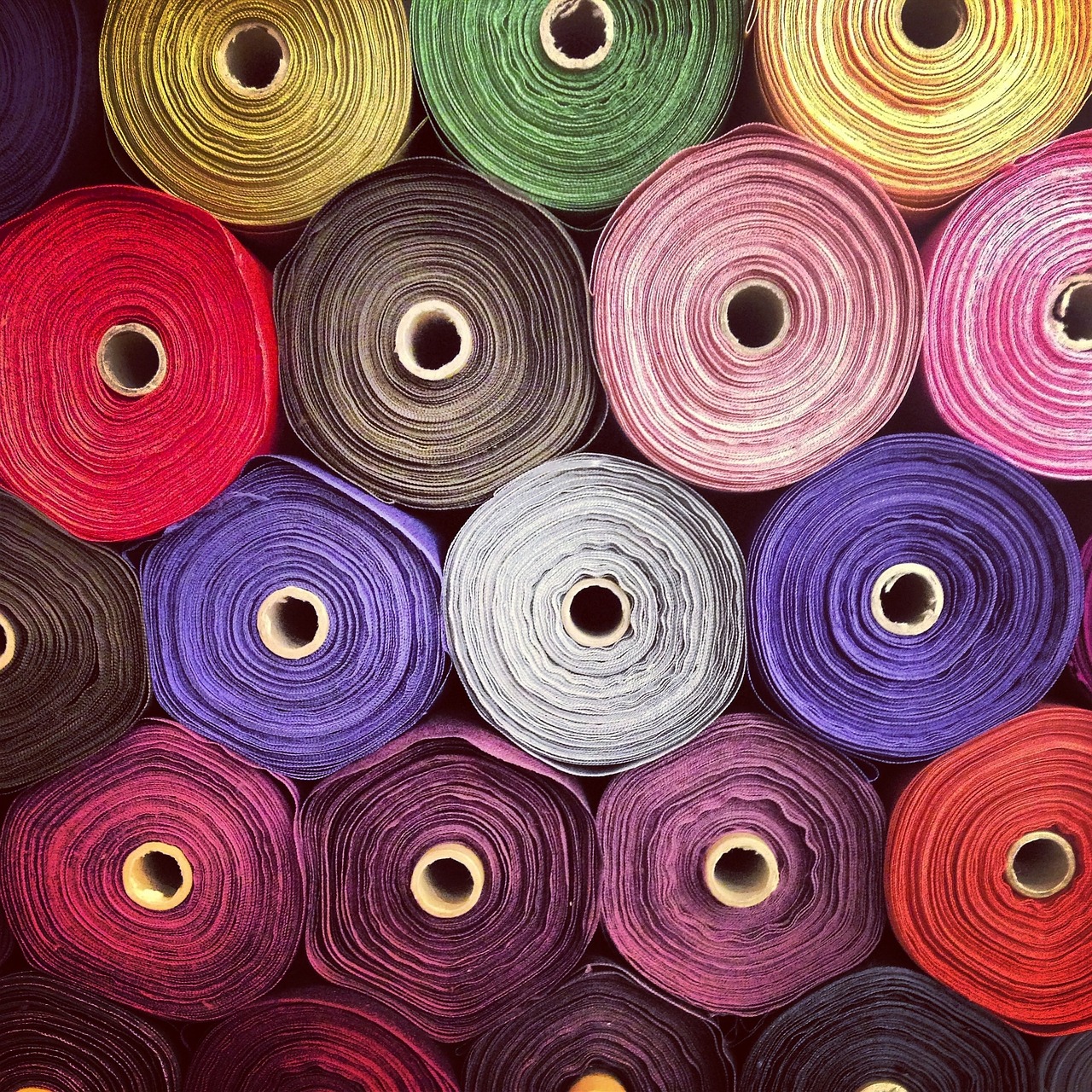How to Choose the Right Fabric for Your Project

Introduction
Selecting the right fabric is one of the most crucial decisions in any design project. Whether you're creating clothing, home furnishings, or accessories, the fabric you choose will determine not only how your finished product looks, but also how it functions, feels, and lasts. This guide will walk you through the essential considerations for choosing the perfect fabric for your specific project needs.
Understanding Your Project Requirements
Before diving into fabric options, take time to clearly define what your project needs:
Function and Purpose
Ask yourself these questions:
- What is the item going to be used for?
- How often will it be used?
- Will it need to withstand specific conditions (weather, frequent washing, etc.)?
- Does it need to stretch, breathe, insulate, or repel water?
Aesthetic Requirements
- What look and feel are you trying to achieve?
- Does the fabric need to drape in a certain way?
- Are you looking for a specific texture, sheen, or pattern?
- How important is color consistency and light fastness?
Practical Considerations
- What's your budget?
- How will the item be maintained and cleaned?
- Are there any allergies or sensitivities to consider?
- Do you have sustainability or ethical sourcing requirements?
Key Fabric Properties to Consider
1. Fiber Content
Fabrics are made from natural fibers, synthetic fibers, or a blend of both. Each has distinct properties:
Natural Fibers
- Cotton: Breathable, soft, absorbent, easy to care for
- Linen: Lightweight, breathable, strong, prone to wrinkling
- Wool: Warm, moisture-wicking, naturally flame-resistant
- Silk: Luxurious, lightweight, good insulator, requires delicate care
Synthetic Fibers
- Polyester: Durable, wrinkle-resistant, quick-drying
- Nylon: Strong, elastic, water-resistant
- Acrylic: Wool-like, colorfast, resistant to moths and chemicals
- Spandex/Elastane: Highly elastic, retains shape
Pro Tip:
Blended fabrics often combine the best properties of multiple fibers. For example, a cotton-polyester blend offers the breathability of cotton with the durability and wrinkle resistance of polyester.
2. Weight
As covered in our Fabric Weight Guide, the weight of a fabric (measured in GSM or oz/yd²) significantly impacts its suitability for different projects:
- Lightweight fabrics: Ideal for flowing garments, linings, summer wear
- Medium-weight fabrics: Versatile for most clothing, household items
- Heavyweight fabrics: Best for structured garments, outerwear, upholstery
3. Weave or Knit Structure
The way fibers are interlaced affects the fabric's properties:
- Woven fabrics (like broadcloth, twill, or satin) typically have less stretch and more stability
- Knit fabrics (like jersey, interlock, or rib knit) have inherent stretch and drape
4. Stretch and Recovery
Consider how much stretch your project requires:
- Two-way stretch (stretches in one direction) vs. four-way stretch (stretches in all directions)
- Recovery (how well the fabric returns to its original shape after stretching)
5. Drape
Drape refers to how a fabric hangs or falls:
- Fluid, flowing drape (like silk charmeuse or rayon) for soft, feminine designs
- Structured, crisp drape (like cotton poplin or taffeta) for tailored, architectural designs
6. Care Requirements
Consider how the fabric will be maintained:
- Machine washable vs. dry clean only
- Colorfastness and potential for shrinkage
- Wrinkle resistance or ease of ironing
Fabric Selection for Specific Projects
For Clothing
- Everyday wear: Durable, comfortable, easy-care fabrics like cotton, cotton-polyester blends, or ponte knits
- Activewear: Moisture-wicking, stretchy fabrics like performance polyester, nylon-spandex blends
- Formal wear: Luxurious fabrics with beautiful drape like silk, satin, or fine wool
- Outerwear: Weather-appropriate fabrics like wool, waterproof nylon, or canvas
For Home Décor
- Upholstery: Durable, stain-resistant fabrics like microfiber, leather, or treated cotton blends
- Drapery: Light-filtering or blocking properties, good drape, fade resistance
- Bedding: Soft, breathable, washable fabrics like cotton, linen, or microfiber
- Decorative items: Appearance-focused fabrics that support the design aesthetic
Designer Insight:
Always test how a fabric behaves with your specific construction techniques. Some fabrics may fray, pucker, or stretch differently than expected when cut, sewn, or finished in certain ways.
Practical Tips for Fabric Selection
Always Get Samples
Never select a fabric based solely on digital images or descriptions. Request swatches to evaluate the true color, texture, weight, and hand feel.
Test Before Committing
Perform relevant tests on your samples based on the fabric's intended use:
- Wash and dry to check for shrinkage or color bleeding
- Test for colorfastness by exposing to sunlight
- Check for transparency in different lighting conditions
- Test how it responds to your construction techniques
Consider Seasonal Appropriateness
Match fabric weight and properties to the season:
- Summer: Lightweight, breathable, moisture-wicking
- Winter: Insulating, wind-resistant, heavier weight
Conclusion
Choosing the right fabric is both an art and a science. By carefully considering your project requirements and understanding fabric properties, you can make informed decisions that lead to successful design outcomes. Remember that there's rarely a "perfect" fabric—instead, look for the best compromise that satisfies your most important criteria.
Take time to build your fabric knowledge through hands-on experience, and don't be afraid to experiment with new options. The more fabrics you work with, the better you'll become at selecting the ideal materials for your design vision.
Need to convert fabric weights?
Our Fabric Weight Converter tool makes it easy to convert between GSM and oz/yd² for your design projects.
Try Our Fabric Weight Converter